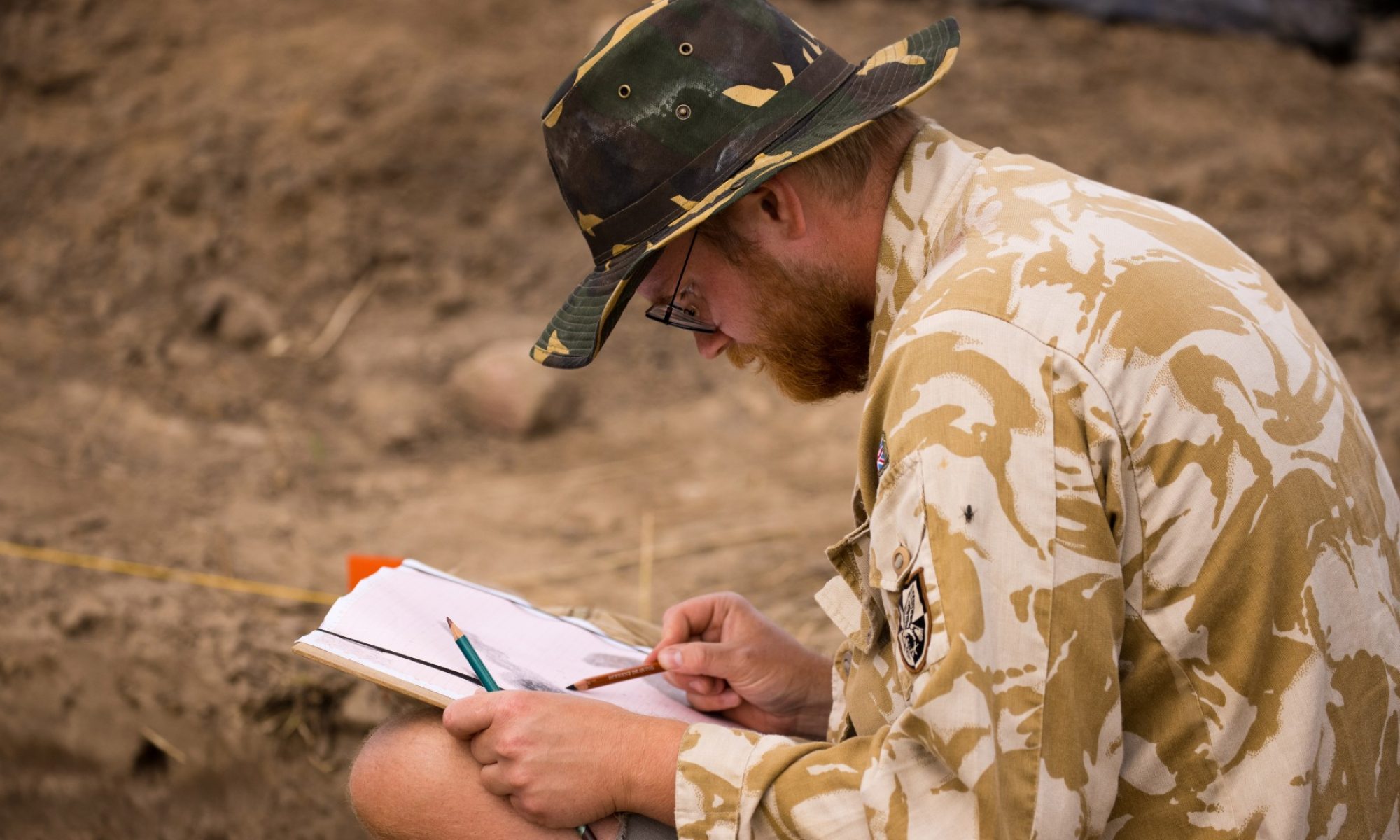Textiles accompany us throughout life, from swaddling clothes to funerary shrouds, flexible and accessible materials through which we express gender, age, and status. As a techno-complex, textile crafts predate metallurgy and even pottery. European history and identity is shaped by this materiality and technology, and its manifestations in terminology, iconography and symbolism have an impact on the history and archaeology of Europe.
It is by no means a coincidence that the industrial revolution was sparked by the textile industries, changing European landscapes and speeding up production of this extremely time-consuming craft. Consequently, textiles became universal media of communication, exchange, and identity creation across epochs, cultures, social classes, technologies, markets, and genders. They bring people, bodies, and objects together, more than any other media or material.
The topic of textiles is universal. It comprises theoretical as well as material studies and scientific analyses. But the current approaches for understanding and appreciating textiles in European history do not respond well to the rational, linear treatments applied to other technical problems in science.
There are a number of challenges in textile research and as many ways of resolving them – each approached differently by the various stakeholders involved. EuroWeb seeks to challenge national and mono-disciplinary approaches which have dominated our understanding of textiles. It not only envisages collaborations among the traditional disciplines of history, philology, art history, archaeology, ethnology, and anthropology but also builds bridges between crafts practitioners, museum curators, designers, and artisans.
EuroWeb therefore delivers interdisciplinary, intersectoral research and training for a new generation of ECIs as members of an imaginative and innovative network. Textiles are a fundamental component of European material culture, which gives EuroWeb remarkable potential for outreach and knowledge sharing with all parts of society and with all parts of Europe, including the ITC. The scientific goal is to co-create a new textile-based interpretation of European history centred on sustainability, training the next generation of scholars with the interdisciplinary skills needed to address new fields of knowledge.
EuroWeb explores the whole geographical area of Europe. The chronological frame stretches from prehistory and into Industrialisation and the globalised textile trade. Major technological textile innovations came with new loom types c. 6000 BCE, with the exploitation of wool c. 3000 BCE, the invention of the spinning wheel 1300 CE, and the mechanisation of textile processes in the 18th century CE during the industrial revolution, which profoundly changed Europe and had a global impact. Textiles are not just clothing and furnishings but are also sails and sacks – used for transportation, storage and other domestic necessities. EuroWeb aims to investigate the cultural and socio-economic impact of textile production on agriculture, animal husbandry and the environment, and its role in craft organisation and production, in trade and communication, and in the construction of gender and individual and collective identities.

